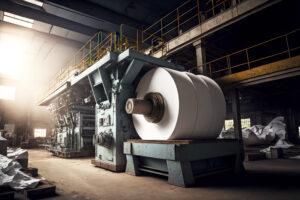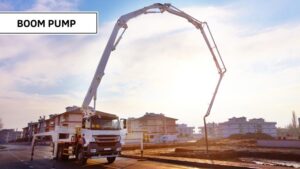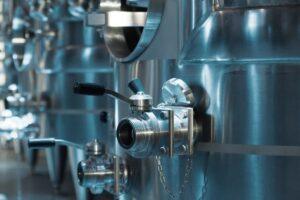
Pump cavitation can be considered one of the most prevalent and pernicious phenomena in fluid handling systems. From centrifugal to peristaltic or any other industrial pump, any discussion on cavitation includes the hows and whys. This sort of understanding is essential for performance optimization, system reliability, and avoiding heavy losses caused by unnecessary downtime.
If kept unchecked, cavitation can quickly wear out internal components, create disturbances in fluid flow, or even bring about catastrophically sudden stoppages. It damages the mechanical integrity of the pump and grossly affects process efficiency, energy consumption, and operational safety. In every industry that values uninterrupted operation, like water treatment, pharmaceuticals, and manufacturing, an instance of cavitation can yield huge cumulative losses and maintenance delays, making proactive monitoring and maintenance a high priority for facility managers and engineers alike.
What is Pump Cavitation?
Pump cavitation happens when the pressure at the pump inlet falls below the vapor pressure of the fluid, resulting in the formation of vapor bubbles. When these bubbles move into high-pressure regions of the pump, they implode with an explosion that creates shock waves, which can cause metal surfaces to erode. The cavitation damage does not stop here; it causes the pump’s efficiency to drop and shortens the life of the various components of the pump.
The banging of mechanical parts translates into an audible sound; at times, the pump cavitation damage might be internal, but obvious rattling or grinding noise signals its presence. Affected in the process is the performance of the centrifugal pump, which can experience a drop in flow rate and pressure. If left for long enough, cavitation can result in a pump failure. It is important to know the conditions that cause cavitation, since they form the first step in putting effective pump maintenance into action.
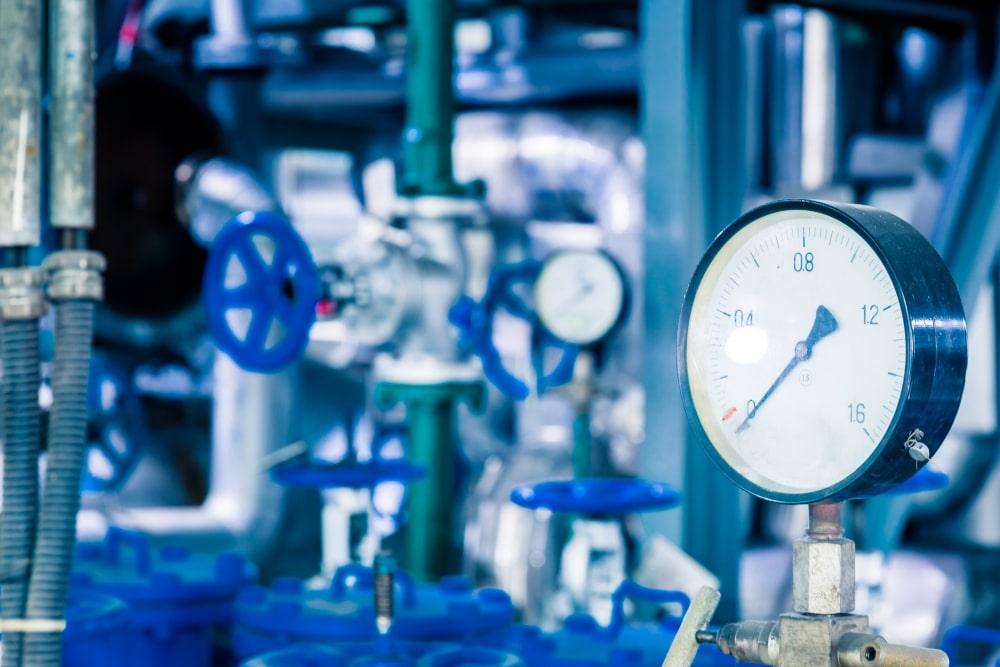
How Cavitation Affects Pump Performance
The effects of pump cavitation are often underestimated. For centrifugal pumps cavitation, for instance, the impeller blades are most susceptible to damage. The repeated formation and collapse of vapor bubbles cause surface degradation, disrupt the flow pattern, and increase vibration and noise levels. The action of cavitation causes diminished flow capacity, reduced pressure output, and increased energy consumption as time goes on.
While peristaltic pumps are less likely to suffer damage from cavitation due to their working principle, they have occasionally exhibited performance issues under design conditions in certain industrial applications where suction conditions are not properly managed. Regardless of their pump styles, industrial pumps subjected to cavitating conditions will suffer from reduced operational efficiency and increased maintenance.
If left for long, cavitation will damage seals, bearings, and other critical components. If not addressed in time, this may lead to complete system shutdowns, production downtimes, or equipment replacements at a premium price. Lastly, the ever-oscillating bubbles of cavitation may further mask other mechanical problems, which add layers of complexity to diagnosing. Therefore, preventing such risks and ensuring smooth operations should involve using a qualified pump service provider.
Other consequences of pump cavitation on performance include:
- Flow patterns become irregular or unstable
- The output and head pressure of the pump drop
- Noticeable noise and vibration
- Internal component wear and tear
- Increased energy costs
- Increased maintenance frequency
Recognizing the Signs of Cavitation
The early detection of cavitation in pumps is crucial. The most common signs of cavitation include:
Unusual Noise
The first and sometimes the only sign of pump cavitation; such noises are due to the formation and collapse of vapor bubbles, resulting in microimplosions of sounds like grinding or popping. A continuous presence of noise indicates cavernation and probably damages its internal parts. Operators must investigate it immediately.
Reduced Efficiency of the Pump
With the cavitation disrupting the flows, it is now possible to transport liquid by the pump with a very poor efficiency. The result is an output drop from the pump or in its flow rate, or both. The systems take longer to accumulate at desired pressure levels or fail to attain process requirements. Over the years, this has lowered efficiency in an increasingly direct fashion on productivity and energy use.
Increased Vibration
Cavitation leads to the creation of unbalanced hydraulic forces within the pump, which cause vibrations at high levels. These increase rates of wear on seals and bearings with direct feedback to misalignment and structural integrity. Continuous vibration imprints a ripple effect throughout connected equipment and piping. The trend checking of vibrations is thus one of the ways through which early detection of cavitation can be done.
Variations in Pressure Readings
The steady state fluid flow would be disrupted when cavitation occurs, leading to the fluctuating pressure at the inlet or discharge side of the pump. Many times, these fluctuations confuse the operator and are assumed as a failure in the valves and/or pressure sensors. Most probably, they present the case of unstable flow owing to vapor bubble collapse. Irregularities in pressure can be identified, and diagnosis can very well be made using pressure sensors as well as data logging.
Ignoring these indicators can cause major cavitation damage in pumps and can even lead to the premature failure of equipment. Regular monitoring and proactive pump maintenance could go a long way in reducing possible long-term chronic problems from occurring.
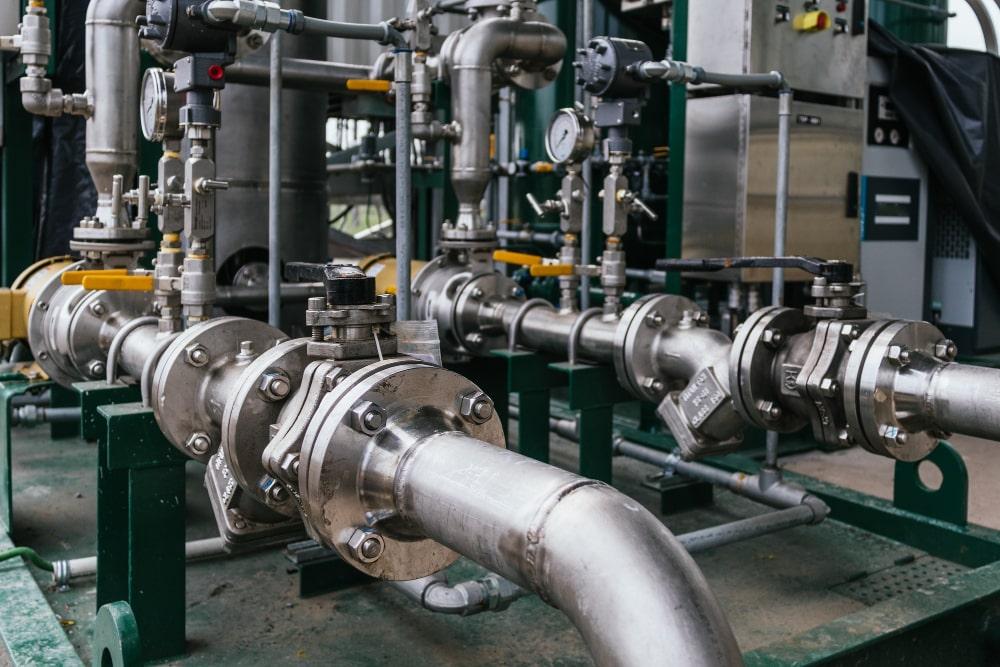
Preventing Pump Cavitation
To avoid pump cavitation, it is essential to ensure proper system design and maintenance. Key prevention considerations are:
Maintaining better Net Positive Suction Head (NPSH)
Ensuring that available NPSH exceeds the required NPSH of the pump is one of the most important steps. This can be done by minimizing any elevation differences, reducing friction losses within suction piping, and keeping the liquid levels of the supply tank high enough. Every time the system is modified, NPSH calculations should be reviewed. Monitoring NPSH regularly will help in preventing the low-pressure conditions that result in cavitation.
Reducing Inlet Restrictions
When blockages or undersized piping exist on the pump inlet, pressure is lowered below the vapor pressure, causing cavitation. Use wide-diameter suction lines that include gentle bends to minimize turbulence and restriction. Strainers and filters should be installed judiciously so as not to obstruct flow. A clean and unobstructed inlet path is essential in maintaining steady suction pressure.
Operating within the Pump’s Recommended Flow Range
The design curve of every pump has an operating window. Pumping at conditions much outside this window may cause cavitation in the worst cases. Especially at low to high flow, unstable conditions that lead to cavitation may persist. When at low flow, centrifugal pumps will experience cavitation, usually when the flow recirculates. Referring to the manufacturer’s performance curve ensures that the pump will not be operated close to the shutoff.
The Role of Professional Pump Services
Having an expert on pumps is a matter that makes all the difference between a cavitated and an efficient system, not to mention the entire installation, inspection, troubleshooting, and repairs for systems enclosing potential pumping applications in expert support intended to ensure that pumps function in their peak performance. An entire centrifugal pump cavitation warning identification will be a suggestion for a system improvement, and provide solutions before serious damage occurs through its intervention.
With firms like AMED, all-inclusive pump treatment is feasible, from meticulous diagnostics to customized maintenance schemes featuring all pumping systems available. Be it an industrial pump or a specialized peristaltic unit, expert services should always be available. Their knowledge in system design, fluid dynamics, and manufacturer specifications enables them to avoid common failures like cavitation and lengthen their equipment lifespan. Outsourcing maintenance also frees up internal teams and reduces unplanned downtime.
Some of the most vital advantages of professional pump services include:
- Proper diagnostics and troubleshooting.
- Scheduled and emergency maintenance support.
- Optimized installation and configuration of pumps.
- Real-time performance monitoring and reporting.
- Access to authentic spare parts and technical expertise.
A well-known services provider is a way to avoid pumping cavitation, as well as promote system-wide long-term reliability and cost efficiency in operations.
Choosing the Right Pump to Minimize Cavitation Risk
One of the most pertinent ways of reducing cavitation risk is selecting a pump type suited to the application. For that, some pumps are activated differently: centrifugal pumps are quite sensitive to suction conditions, while peristaltic pumps offer better resistance, due to their positive displacement principle. Realizing the specific strengths and limitations of each pump helps with possibly achieving the concerned operating conditions of the pump for optimal performance.
Fluid viscosity, system pressure, flow rate, and elevation changes should be considered when selecting a pump. In high-suction applications where loads can be variable, peristaltic pumps are often better suited to reducing centrifugal pump cavitation risk, while centrifugal pumps are apt for clean, stable processes requiring low-maintenance continuous flow, if selected and installed properly.
For a wide range of high-performance centrifugal and peristaltic pumps tailored to specific applications, AMED provides the complete solution. By working with specialists, you can ensure the most appropriate pump is matched to your operational requirements, thus helping to prevent pump cavitation and protecting long-term efficacy.
Cavitation in pumps represents more than a mere annoyance; it is a major issue with major performance and efficiency implications. If you know what causes cavitation, its important symptoms, and how to take preventive measures, including routine pump maintenance, it would be easier to avoid downtime and enhance the life of the equipment. Investments should be made to engage a reliable partner for pump service provision for durable reliability in organizations.






